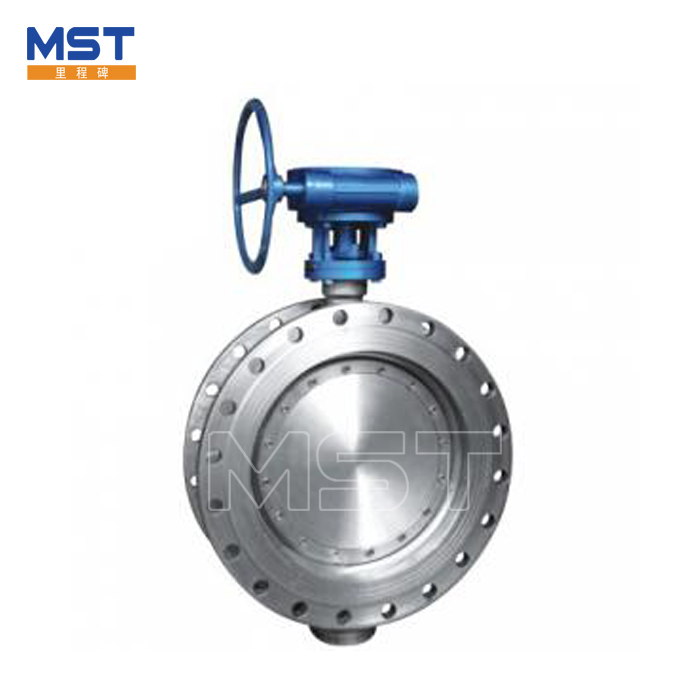What is the problem with the butterfly valve?
2024-04-15
Butterfly valves are commonly used in various industries for their simple design, ease of operation, and cost-effectiveness. However, like any mechanical component, they can experience certain problems. Some common issues with butterfly valves include:

1. Leakage: One of the most common problems with butterfly valves is leakage. This can occur due to wear and tear of the sealing components, improper installation, or damage to the valve disk or seat. Leakage can lead to loss of fluid, decreased system efficiency, and potential safety hazards.
2. Sealing Issues: Butterfly valves rely on a tight seal between the disk and the valve seat to prevent leakage. Sealing issues can arise if the sealing surfaces become worn, damaged, or contaminated with debris. Poor sealing can result in leakage, reduced flow control, and difficulty in operating the valve.
3. Corrosion and Erosion: Butterfly valves may be exposed to corrosive or abrasive fluids, which can cause corrosion or erosion of the valve components over time. Corrosion can weaken the valve body, disk, and sealing surfaces, leading to leakage and reduced performance. Erosion can wear away the valve components, affecting their integrity and sealing capability.
4. Sticking or Binding: In some cases, butterfly valves may experience sticking or binding, making it difficult to open or close the valve smoothly. This can be caused by improper lubrication, accumulation of debris or sediment, misalignment of the valve components, or damage to the valve shaft or bearings.
5. Cavitation: Cavitation occurs when the pressure of the fluid drops to the vapor pressure, causing bubbles to form and collapse rapidly. This can occur in butterfly valves, particularly in high-pressure applications or when the valve is partially closed. Cavitation can cause damage to the valve internals, erosion of the sealing surfaces, and increased noise levels.
6. Throttling Limitations: While butterfly valves are suitable for on/off and throttling applications, they may have limitations in precise flow control compared to other types of valves, such as globe valves or control valves. This can be a concern in applications where precise flow regulation is required.
To mitigate these problems, proper maintenance, regular inspection, and timely repairs or replacements of damaged components are essential. It's also important to select the appropriate type of butterfly valve for the specific application and operating conditions to minimize potential issues.


